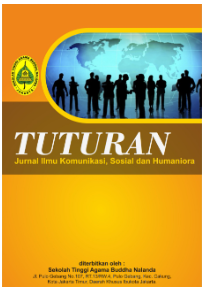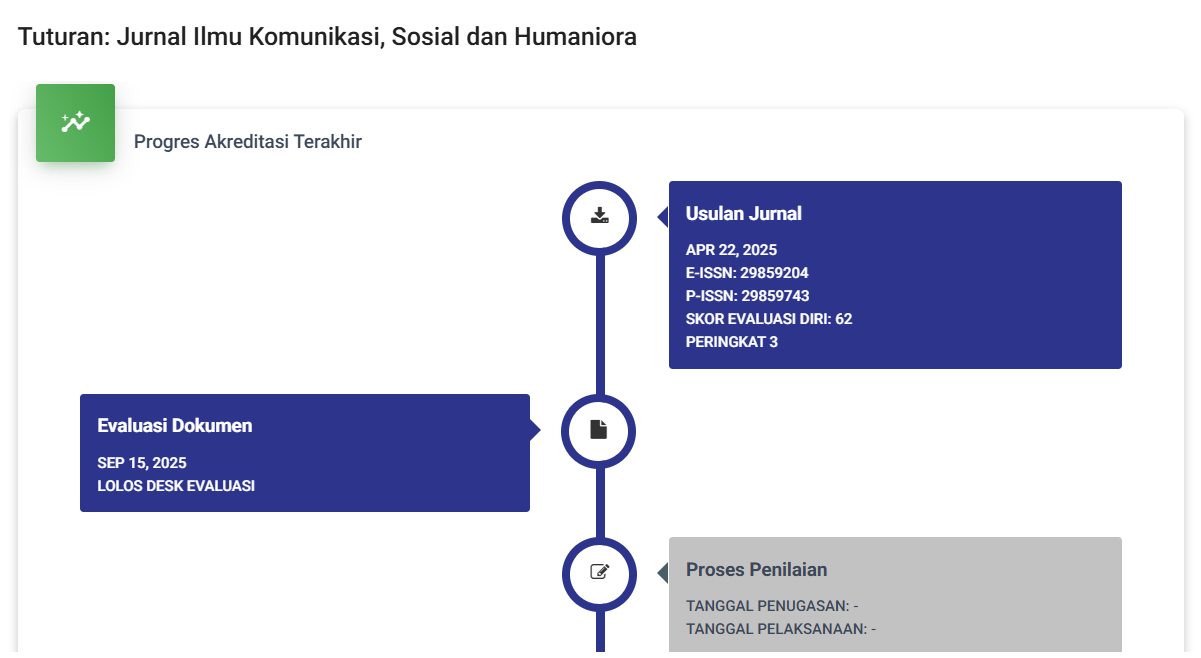Representasi Komunikasi Efektif antara Orang Tua dan Anak di Media Sosial: Analisis pada Akun Tiktok @Shabiraalula&Ayah
DOI:
https://doi.org/10.47861/tuturan.v3i2.1668Keywords:
effective communication, parent-child relationship, social media, TikTok, family communicationAbstract
Effective communication between parents and children is a key element in establishing a harmonious, understanding, and supportive family relationship. In the digital era, social media has become an integral part of daily life, including within family communication dynamics. TikTok, as one of the most popular social media platforms, serves not only as a source of entertainment but also as a medium for building and displaying interpersonal relationships, including those between parents and their children. This study aims to explore how effective communication between parent and child is represented through the TikTok account @Shabiraalula&Ayah. Using a descriptive qualitative approach, this research analyzes various video content featuring father-daughter interactions to identify forms of communication present in their exchanges. The findings reveal that the communication displayed is characterized by openness, expressions of affection, humor, emotional support, and active engagement from both sides. The relationship portrayed in these videos reflects a healthy and balanced communication pattern that can serve as a positive example for a wider audience. Furthermore, social media proves to be a potential space for strengthening family bonds and promoting positive parenting messages. These findings emphasize that the wise use of social media can contribute to improving family relationships, especially between parents and children.
References
DeVito, J. A. (2011). The Interpersonal Communication Book (13th ed.). Boston: Pearson Education.
Gibson, J. L., & Donnelly, J. H. (2007). Organizations: Behavior, Structure, Processes (13th ed.). McGraw-Hill.
Hall, S. (1997). Representation: Cultural Representations and Signifying Practices. London: Sage Publications.
Koerner, A. F., & Fitzpatrick, M. A. (2002). "Toward a theory of family communication." Communication Theory, 12(1), 70–91.
McQuail, D. (2011). McQuail’s Mass Communication Theory (6th ed.). London: Sage.
Moleong, L. J. (2017). Metodologi Penelitian Kualitatif (Edisi Revisi). Bandung: Remaja Rosdakarya.
Nasrullah, R. (2017). Media Sosial: Perspektif Komunikasi, Budaya, dan Sosioteknologi. Bandung: Simbiosa Rekatama Media.
Rohner, R. P. (2004). The Parental “Acceptance-Rejection Syndrome”: Universal correlates of perceived rejection. American Psychologist, 59(8), 830–840.
Santrock, J. W. (2012). Life-Span Development (13th ed.). New York: McGraw-Hill Education.
Satir, V. (2001). The New Peoplemaking. California: Science and Behavior Books.
Suranto, A. W. (2011). Komunikasi Antarpribadi. Yogyakarta: Graha Ilmu.
Ziv, A. (1988). Teaching and Learning with Humor: Experiment and Replication. Journal of Experimental Education, 57(1), 5–15.
Downloads
Published
How to Cite
Issue
Section
License
Copyright (c) 2025 TUTURAN: Jurnal Ilmu Komunikasi, Sosial dan Humaniora

This work is licensed under a Creative Commons Attribution 4.0 International License.








